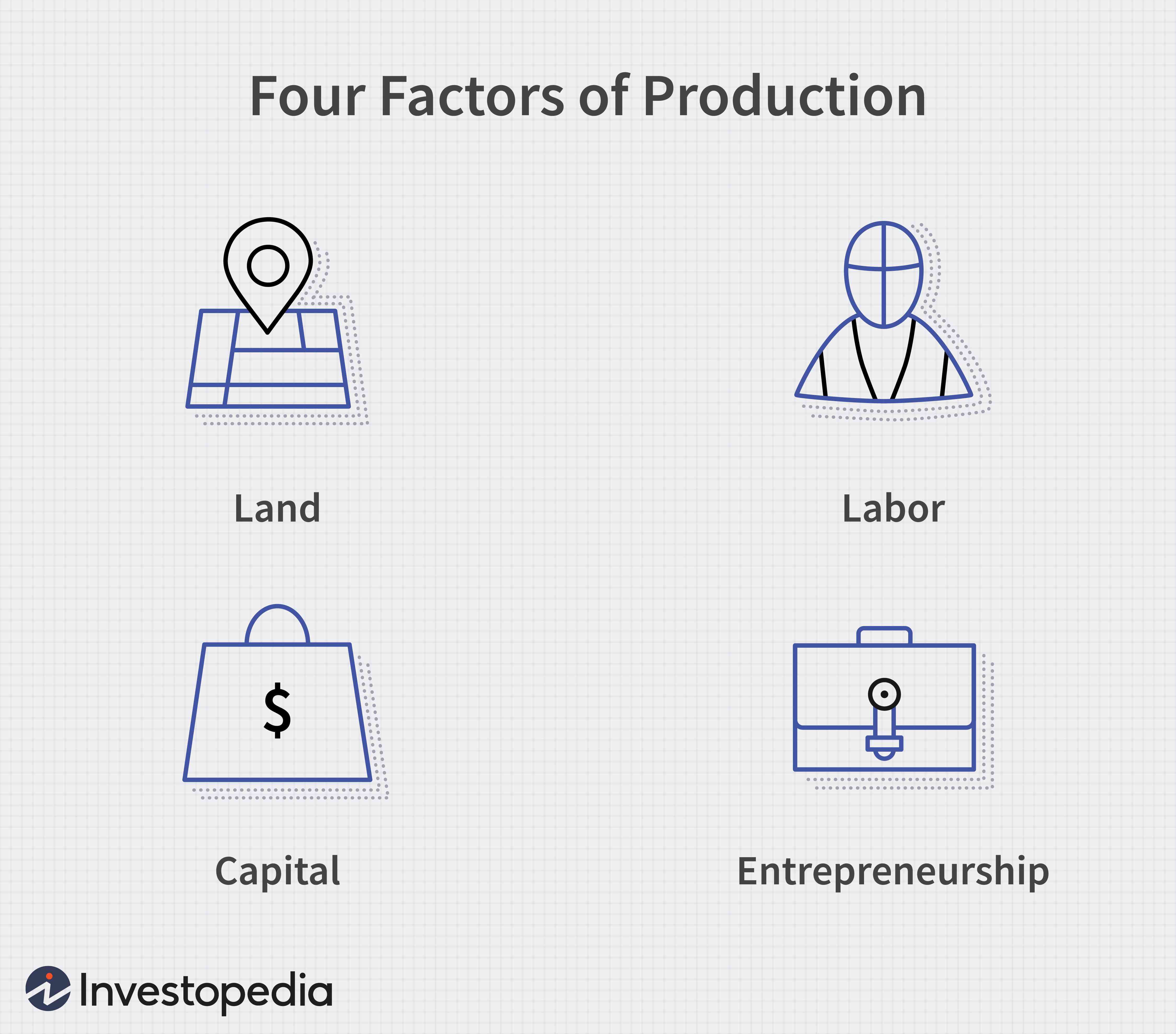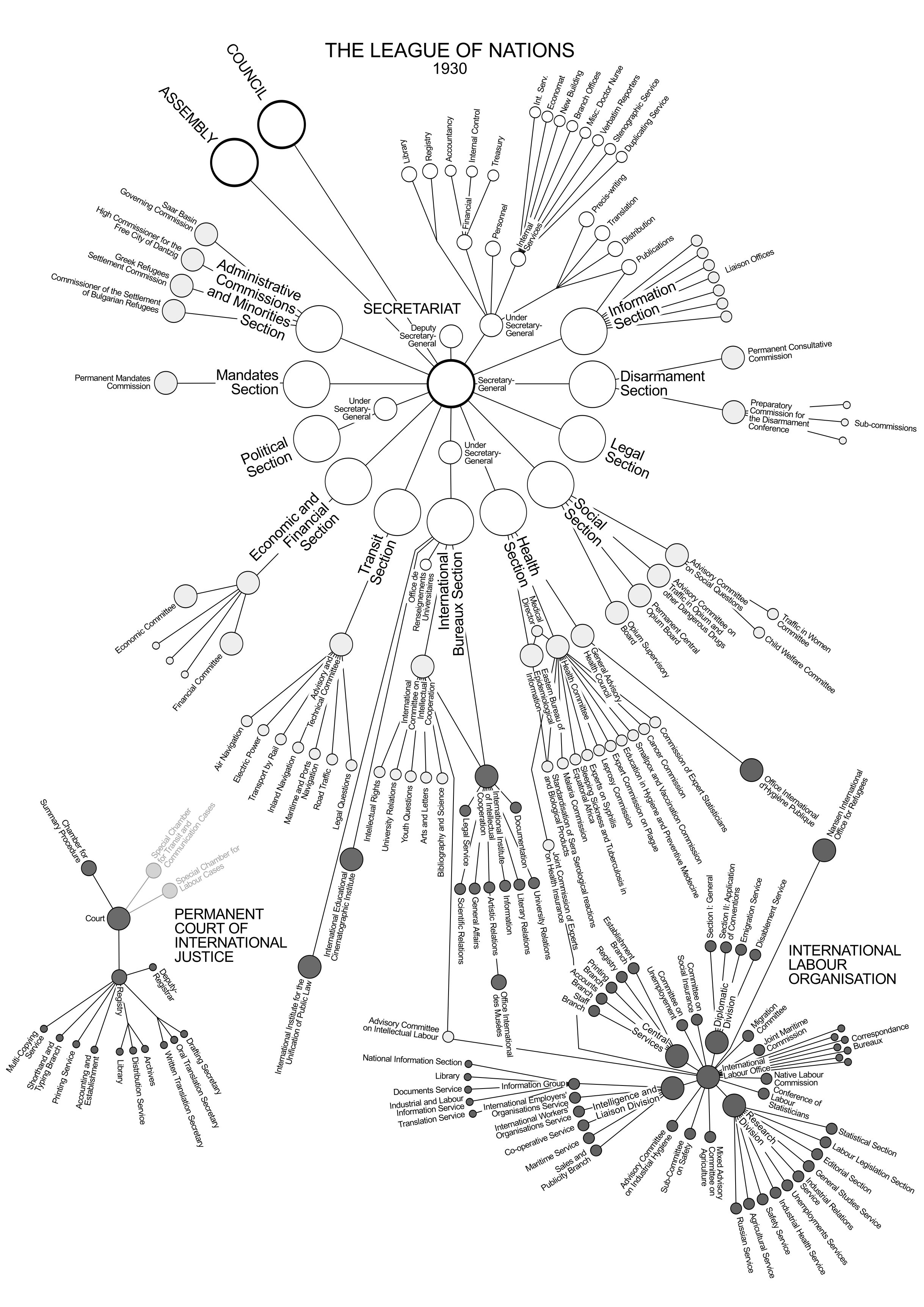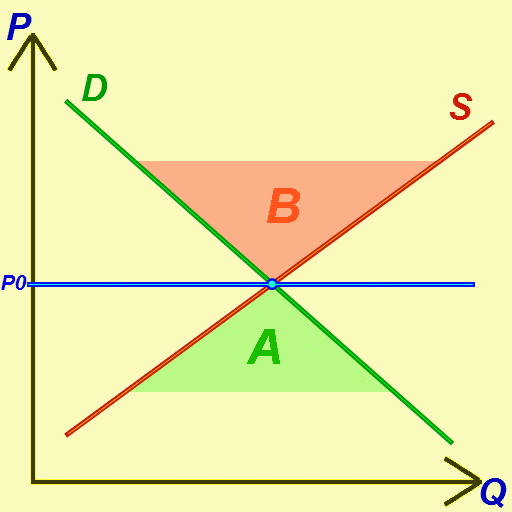|
Kremer's O-Ring Theory Of Economic Development
The O-ring theory of economic development is a model of economic development put forward by Michael Kremer in 1993, which proposes that tasks of production must be executed proficiently together in order for any of them to be of high value. The key feature of this model is positive assortative matching, whereby people with similar skill levels work together. The name comes from the 1986 Challenger shuttle disaster, a catastrophe caused by the failure of a single O-ring. Kremer thinks that the O-ring development theory explains why rich countries produce more complicated products, have larger firms and much higher worker productivity than poor countries. Model There are five major assumptions of this model: firms are risk-neutral, labor markets are competitive, workers supply labor inelastically, workers are imperfect substitutes for one another, and there is a sufficient complementarity of tasks. Production is broken down into n tasks. Laborers can use a multitude of te ... [...More Info...] [...Related Items...] OR: [Wikipedia] [Google] [Baidu] |
Economic Model
In economics, a model is a theoretical construct representing economic processes by a set of variables and a set of logical and/or quantitative relationships between them. The economic model is a simplified, often mathematical, framework designed to illustrate complex processes. Frequently, economic models posit structural parameters. A model may have various exogenous variables, and those variables may change to create various responses by economic variables. Methodological uses of models include investigation, theorizing, and fitting theories to the world. Overview In general terms, economic models have two functions: first as a simplification of and abstraction from observed data, and second as a means of selection of data based on a paradigm of econometric study. ''Simplification'' is particularly important for economics given the enormous complexity of economic processes. This complexity can be attributed to the diversity of factors that determine economic activity; ... [...More Info...] [...Related Items...] OR: [Wikipedia] [Google] [Baidu] |
Productive Efficiency
In microeconomic theory, productive efficiency (or production efficiency) is a situation in which the economy or an economic system (e.g., bank, hospital, industry, country) operating within the constraints of current industrial technology cannot increase production of one good without sacrificing production of another good. In simple terms, the concept is illustrated on a production possibility frontier (PPF), where all points on the curve are points of productive efficiency. An equilibrium may be productively efficient without being allocatively efficient — i.e. it may result in a distribution of goods where social welfare is not maximized (bearing in mind that social welfare is a nebulous objective function subject to political controversy). Productive efficiency is an aspect of economic efficiency that focuses on how to maximize output of a chosen product portfolio, without concern for whether your product portfolio is making goods in the right proportion; in misguided a ... [...More Info...] [...Related Items...] OR: [Wikipedia] [Google] [Baidu] |
Production Economics
Production is the process of combining various inputs, both material (such as metal, wood, glass, or plastics) and immaterial (such as plans, or knowledge) in order to create output. Ideally this output will be a good or service which has value and contributes to the utility of individuals. The area of economics that focuses on production is called production theory, and it is closely related to the consumption (or consumer) theory of economics. The production process and output directly result from productively utilising the original inputs (or factors of production). Known as primary producer goods or services, land, labour, and capital are deemed the three fundamental production factors. These primary inputs are not significantly altered in the output process, nor do they become a whole component in the product. Under classical economics, materials and energy are categorised as secondary factors as they are byproducts of land, labour and capital. Delving further, primary factors ... [...More Info...] [...Related Items...] OR: [Wikipedia] [Google] [Baidu] |
Organizational Structure
An organizational structure defines how activities such as task allocation, coordination, and supervision are directed toward the achievement of organizational aims. Organizational structure affects organizational action and provides the foundation on which standard operating procedures and routines rest. It determines which individuals get to participate in which decision-making processes, and thus to what extent their views shape the organization's actions.Jacobides., M. G. (2007). The inherent limits of organizational structure and the unfulfilled role of hierarchy: Lessons from a near-war. Organization Science, 18, 3, 455-477. Organizational structure can also be considered as the viewing glass or perspective through which individuals see their organization and its environment. Organizations are a variant of clustered entities. An organization can be structured in many different ways, depending on its objectives. The structure of an organization will determine the modes in ... [...More Info...] [...Related Items...] OR: [Wikipedia] [Google] [Baidu] |
Human Resource Management
Humans (''Homo sapiens'') are the most abundant and widespread species of primate, characterized by bipedalism and exceptional cognitive skills due to a large and complex brain. This has enabled the development of advanced tools, culture, and language. Humans are highly social and tend to live in complex social structures composed of many cooperating and competing groups, from families and kinship networks to political states. Social interactions between humans have established a wide variety of values, social norms, and rituals, which bolster human society. Its intelligence and its desire to understand and influence the environment and to explain and manipulate phenomena have motivated humanity's development of science, philosophy, mythology, religion, and other fields of study. Although some scientists equate the term ''humans'' with all members of the genus ''Homo'', in common usage, it generally refers to ''Homo sapiens'', the only extant member. Anatomically mode ... [...More Info...] [...Related Items...] OR: [Wikipedia] [Google] [Baidu] |
Development Economics
Development economics is a branch of economics which deals with economic aspects of the development process in low- and middle- income countries. Its focus is not only on methods of promoting economic development, economic growth and structural change but also on improving the potential for the mass of the population, for example, through health, education and workplace conditions, whether through public or private channels. Development economics involves the creation of theories and methods that aid in the determination of policies and practices and can be implemented at either the domestic or international level. This may involve restructuring market incentives or using mathematical methods such as intertemporal optimization for project analysis, or it may involve a mixture of quantitative and qualitative methods. Common topics include growth theory, poverty and inequality, human capital, and institutions. Unlike in many other fields of economics, approaches in development ec ... [...More Info...] [...Related Items...] OR: [Wikipedia] [Google] [Baidu] |
Journal Of Economic Behavior & Organization
The ''Journal of Economic Behavior and Organization'' is an academic journal published by Elsevier. It was started in 1980 by North-Holland, later merged into Elsevier. It publishes research on economic decision and behaviour influence organizations and markets. Abstracting and indexing The journal is abstracted and indexed in the Social Sciences Citation Index. According to the ''Journal Citation Reports'', the journal has a 2020 impact factor of 1.635, ranking it 225th out of 376 journals in the category "Economics". See also * List of economics journals The following is a list of scholarly journals in economics containing most of the prominent academic journals in economics. Popular magazines or other publications related to economics, finance, or business are not listed. A *''Affilia'' *'' A ... References External links * Economics journals English-language journals Publications established in 1980 Elsevier academic journals Monthly journals { ... [...More Info...] [...Related Items...] OR: [Wikipedia] [Google] [Baidu] |
Garett Jones
Garett Jones is an American economist and author. His research pertains to the fields of macroeconomics, monetary policy, IQ in relation to productivity, short-term business cycles, and economic development. He is an associate professor at George Mason University and the BB&T Professor for the Study of Capitalism at the Mercatus Center. Early life and education Jones was raised as a Mormon but left the church as a young adult. His grandmother was Jewish. He completed a B.A. in history with a minor in sociology from Brigham Young University in 1992. He did an M.P.A. in public affairs at Cornell University in 1993, followed by an M.A. in political science at the University of California, Berkeley in 1994. Jones completed a Ph.D. in economics at the University of California, San Diego in 2000. Academic career After holding a number of visiting scholar and other academic positions, Jones joined the faculty of George Mason University in 2007. He is on the editorial board of the ... [...More Info...] [...Related Items...] OR: [Wikipedia] [Google] [Baidu] |
Economic Equilibrium
In economics, economic equilibrium is a situation in which economic forces such as supply and demand are balanced and in the absence of external influences the ( equilibrium) values of economic variables will not change. For example, in the standard text perfect competition, equilibrium occurs at the point at which quantity demanded and quantity supplied are equal. Market equilibrium in this case is a condition where a market price is established through competition such that the amount of goods or services sought by buyers is equal to the amount of goods or services produced by sellers. This price is often called the competitive price or market clearing price and will tend not to change unless demand or supply changes, and quantity is called the "competitive quantity" or market clearing quantity. But the concept of ''equilibrium'' in economics also applies to imperfectly competitive markets, where it takes the form of a Nash equilibrium. Understanding economic equilibriu ... [...More Info...] [...Related Items...] OR: [Wikipedia] [Google] [Baidu] |
International Inequality
International inequality refers to inequality between countries, as compared to global inequality, which is inequality between people across countries. International inequality research has primarily been concentrated on the rise of international income inequality, but other aspects include educational and health inequality, as well as differences in medical access. Reducing inequality within and among countries is the 10th goal of the UN Sustainable Development Goals and ensuring that no one is left behind is central to achieving them. Inequality can be measured by metrics such as the Gini coefficient. According to the United Nations Human Development Report 2004, the gross domestic product (GDP) per capita in countries with high, medium and low human development (a classification based on the UN Human Development Index) was 24,806, 4,269 and 1,184 PPP$, respectively (PPP$ = purchasing power parity measured in United States dollars). Proposed explanations Differences in ... [...More Info...] [...Related Items...] OR: [Wikipedia] [Google] [Baidu] |
Production Function
In economics, a production function gives the technological relation between quantities of physical inputs and quantities of output of goods. The production function is one of the key concepts of mainstream neoclassical theories, used to define marginal product and to distinguish allocative efficiency, a key focus of economics. One important purpose of the production function is to address allocative efficiency in the use of factor inputs in production and the resulting distribution of income to those factors, while abstracting away from the technological problems of achieving technical efficiency, as an engineer or professional manager might understand it. For modelling the case of many outputs and many inputs, researchers often use the so-called Shephard's distance functions or, alternatively, directional distance functions, which are generalizations of the simple production function in economics. In macroeconomics, aggregate production functions are estimated to create a fram ... [...More Info...] [...Related Items...] OR: [Wikipedia] [Google] [Baidu] |



